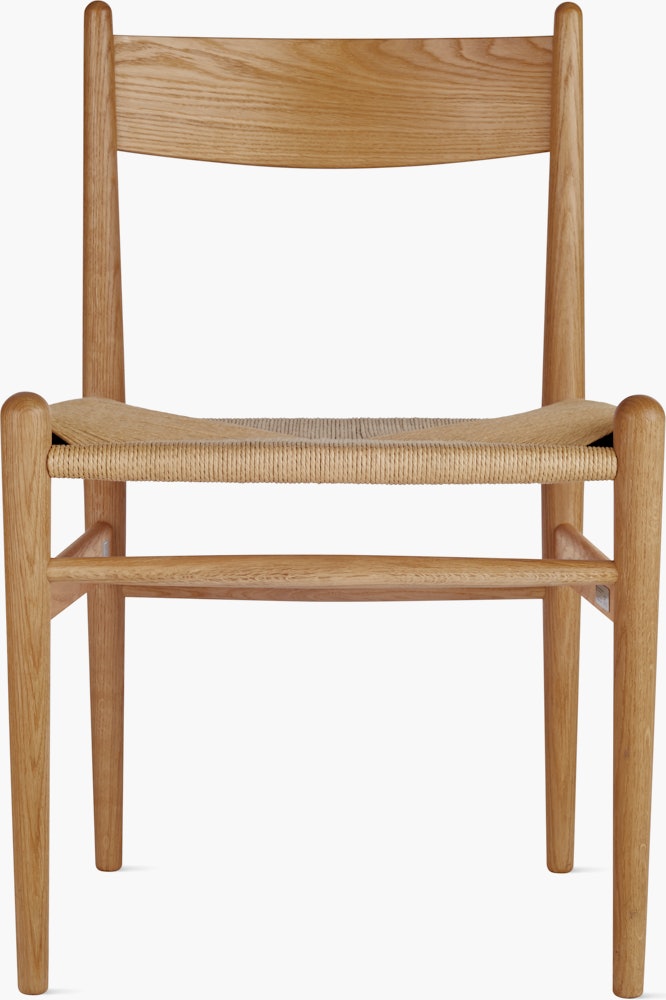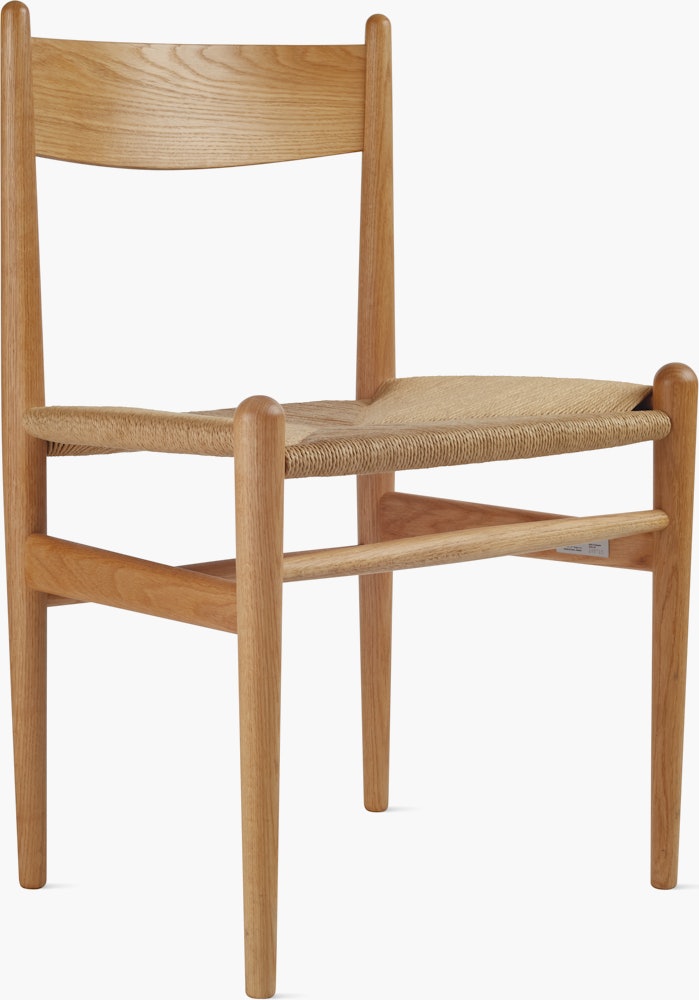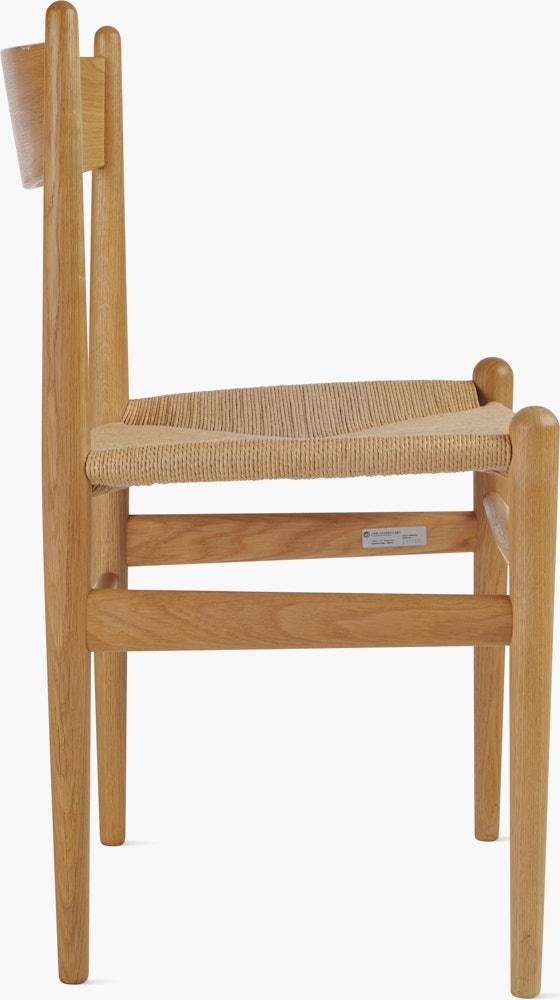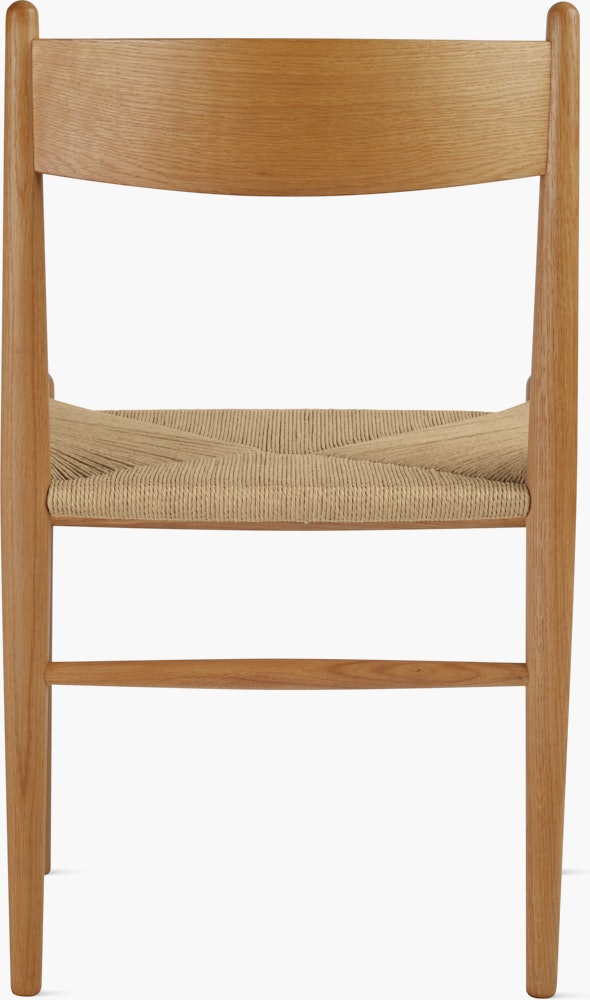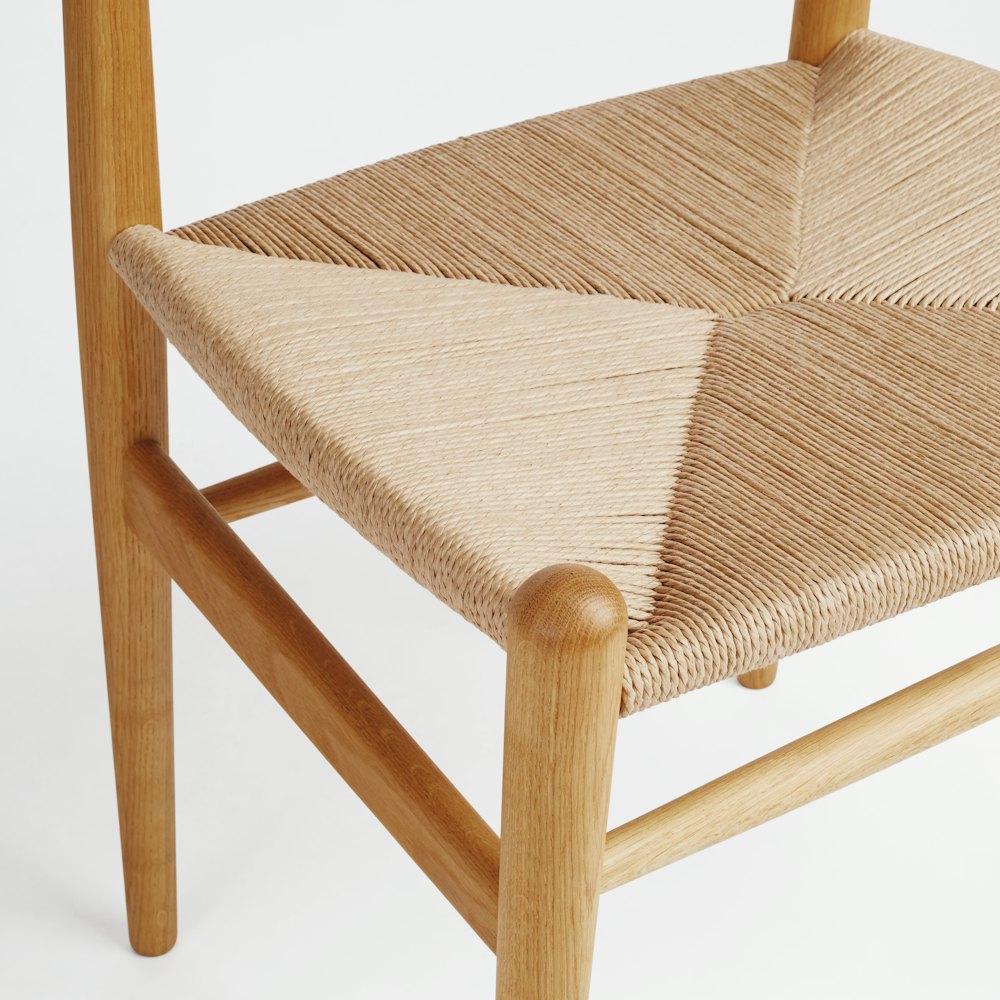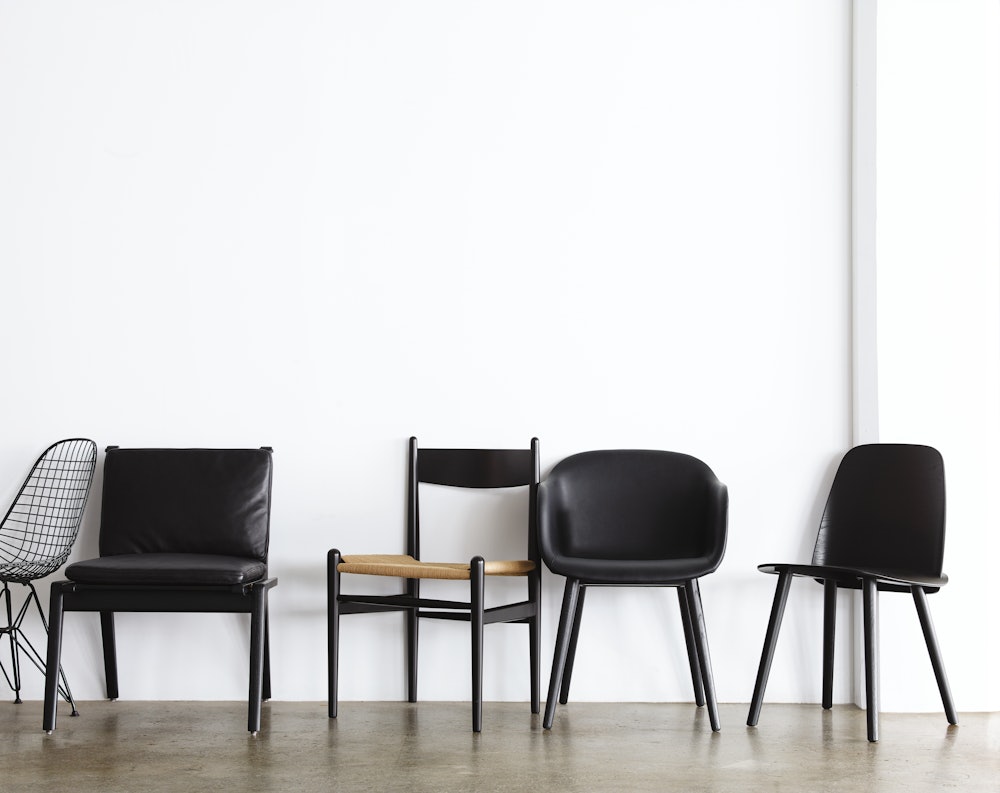CH36 Side Chair
CH36 Side Chair
Shipping + Delivery
Easy Returns
Not satisfied? Return items within 30 days. Learn More
Design Concierge
Need help designing your space? Learn more about our complimentary interior design services
Authenticity Guaranteed
This is an original, authenticated product.
Warranty
1-year warranty
Terms and conditions apply. Learn more
Details
- Versatile and timeless design.
- Solid wood frame and handwoven seat.
- Heirloom quality and craftsmanship.
- Legendary designer.
- Made in Denmark.
- Measure for a perfect fit with our delivery guide: https://www.dwr.com/furniture-delivery-guide.html
- Brand
- Carl Hansen & Søn
- General Dimensions
-
- 32" H 23" W 19" D
- Product Weight
- 8 lbs
- Assembly
- Comes fully assembled
- Warranty
-
1-year warranty
Terms and conditions apply. Learn more
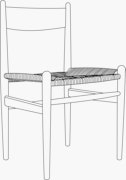
CH36 Side Chair
- Height (in): 32
- Width (in): 23
- Depth (in): 19
- Weight (lbs): 8
- Seat Height (in): 17¾
- Seat Width (in): 20½
- Seat Depth (in): 18
- Lacquered beech or oiled oak frame
- Paper cord seat

Hans Wegner
Hans Wegner stands among designers Finn Juhl, Arne Jacobsen, Børge Mogensen, Poul Kjærholm and Verner Panton as a master of 20th-century Danish modernism. More specifically, he was instrumental in developing a body of work known as organic functionalism. His early training included both carpentry and architecture.
More on Hans Wegner





